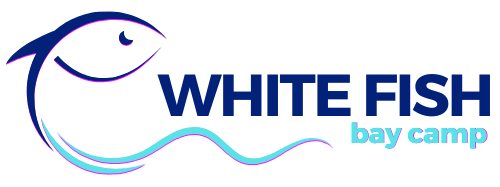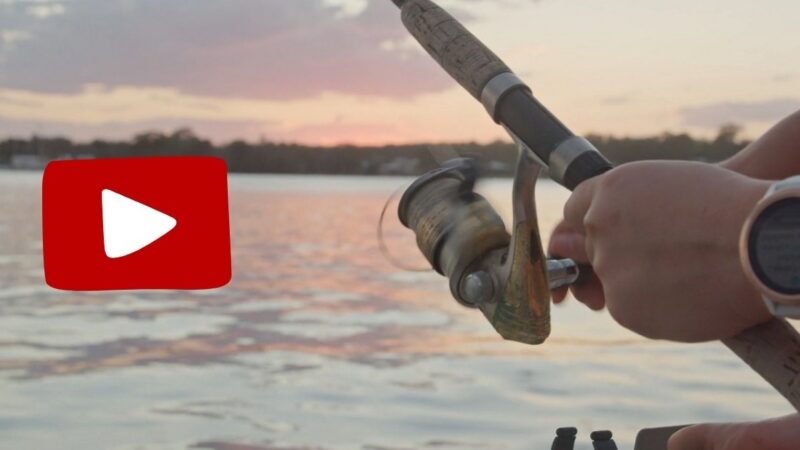Starting a fishing channel on YouTube in 2025 is both achievable and rewarding if done with a clear plan.
The concrete answer is this: you need three main things to succeed: consistent, high-quality fishing content, a defined audience niche (such as bass fishing, kayak fishing, or saltwater expeditions), and a strategy for filming, editing, and promoting your videos.
Without these, your channel may get lost among the thousands of fishing creators already online. With them, however, you can build an engaged community and even turn your passion into income.
Step 1: Define Your Fishing Niche
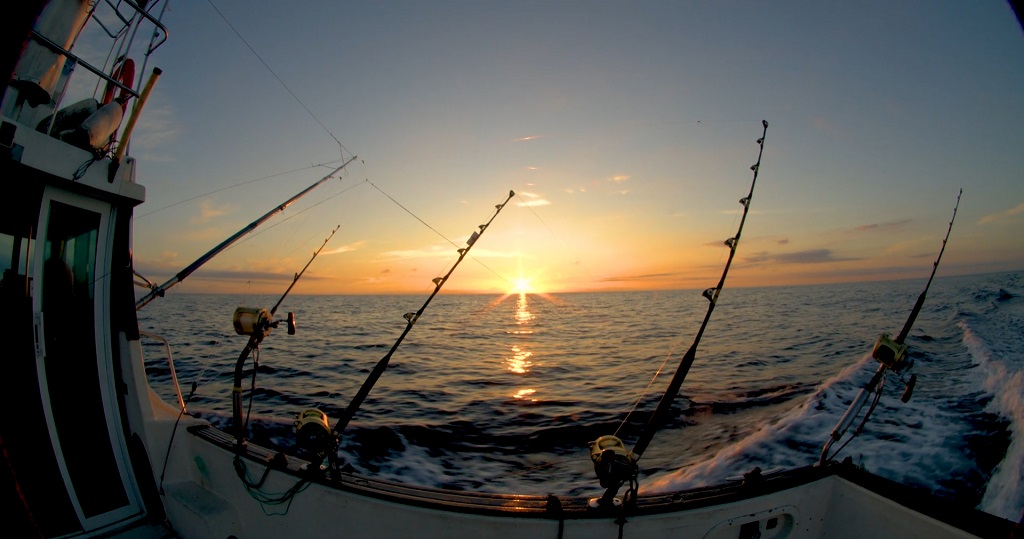
Not all fishing channels are the same. Viewers search for very specific content, catfish noodling, offshore trolling, fly fishing tutorials, or even survival fishing.
By narrowing your focus, you’ll attract a loyal audience rather than trying to please everyone.
Example Niche Ideas:
- Beginner-friendly freshwater tutorials
- Saltwater deep-sea adventures
- Kayak or bank fishing challenges
- Competitive bass tournament vlogs
- Fishing gear reviews and unboxings
| Niche Type | Target Audience | Example Content |
| Bass Fishing | U.S. anglers, tournament fans | “Top 5 Bass Lures for Summer 2025” |
| Fly Fishing | River anglers, older audience | “How to Cast a Fly in Windy Conditions” |
| Kayak Fishing | Outdoor explorers, budget-conscious | “Kayak Setup for River Fishing” |
| Saltwater Fishing | Coastal audiences | “Catching Tuna with Live Bait” |
Step 2: Set Up the Right Gear
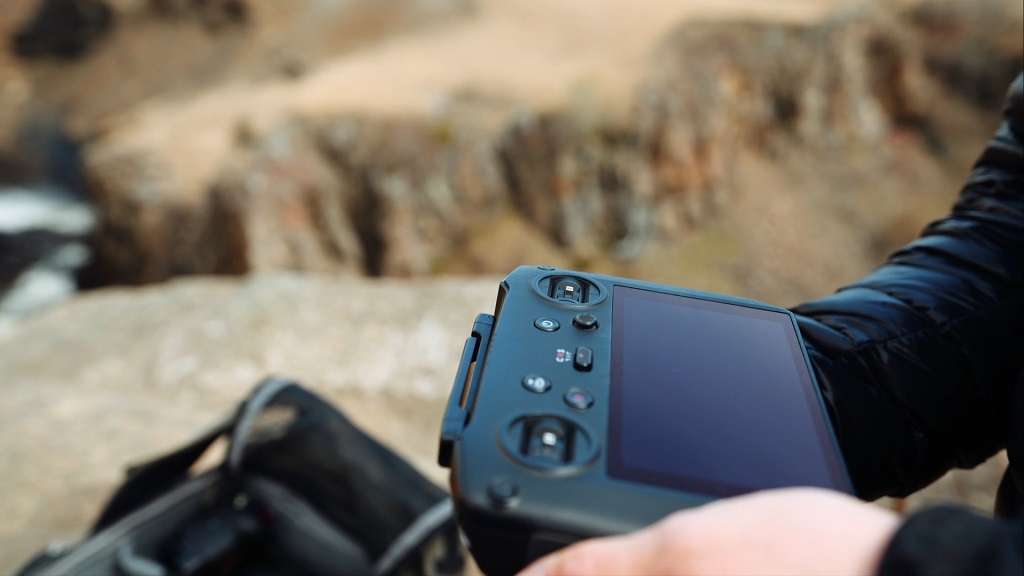
A fishing channel requires more than just rods and reels; you need reliable filming equipment. Viewers will forgive a missed fish, but not shaky video or muffled audio.
Basic Filming Setup:
- Camera: GoPro or similar action camera for hands-free recording
- Microphone: External lavalier mic to cut wind noise
- Tripod/Mounts: Chest mount for POV A and a flexible tripod for shore shots
- Drone (optional): Aerial views add cinematic quality
| Gear Item | Budget Option | Mid-Range Option | Pro-Level |
| Camera | GoPro Hero 9 | GoPro Hero 12 | Sony A7 IV |
| Audio | Rode Lavalier GO | DJI Mic | Rode Wireless Pro |
| Editing Software | iMovie (free) | Filmora | Adobe Premiere Pro |
Step 3: Learn Basic Filming & Editing
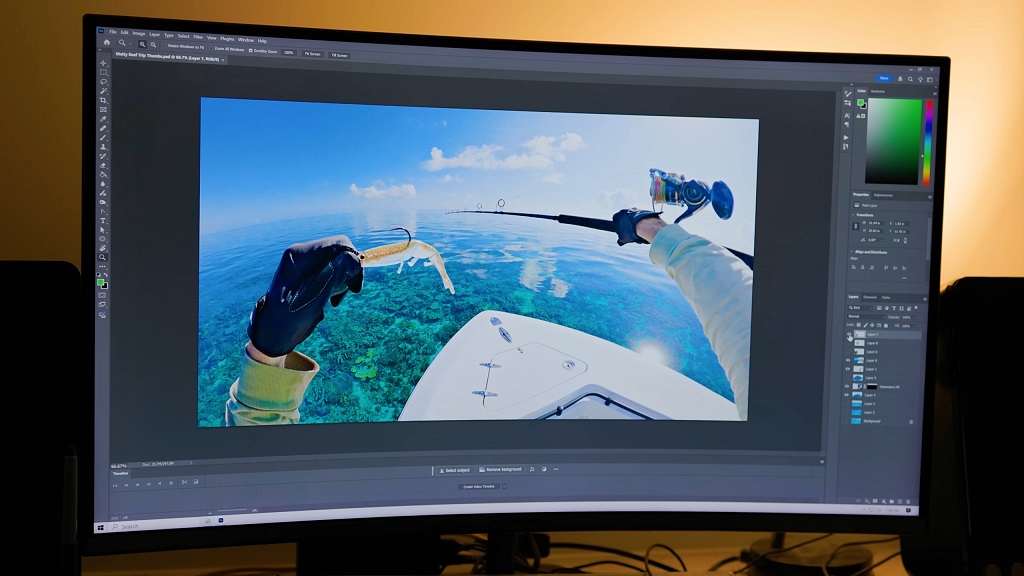
You don’t need to be Spielberg, but you do need clean, watchable videos. Keep cuts short, add captions when explaining techniques, and include close-ups of lures, gear, or fish.
Editing Tips:
- Start each video with an engaging moment (hook set, big catch)
- Use background music, but keep it subtle. le
- Add chapter markers for tutor. ials
- Keep total video length between 8–15 minutes for best retention.
Step 4: Create a Consistent Posting Schedule
YouTube rewards consistency. A channel with weekly uploads is more likely to grow than one with sporadic content. Decide if you can commit to once per week, once every two weeks, or more.
| Schedule Type | Posting Frequency | Pros | Cons |
| Weekly | 4 videos/month | Fast growth, algorithm boost | High workload |
| Bi-Weekly | 2 videos/month | Easier workload | Slower growth |
| Seasonal | Series during the fishing season | Fits lifestyle | Harder to keep the audience engaged |
Step 5: Optimize for YouTube Search
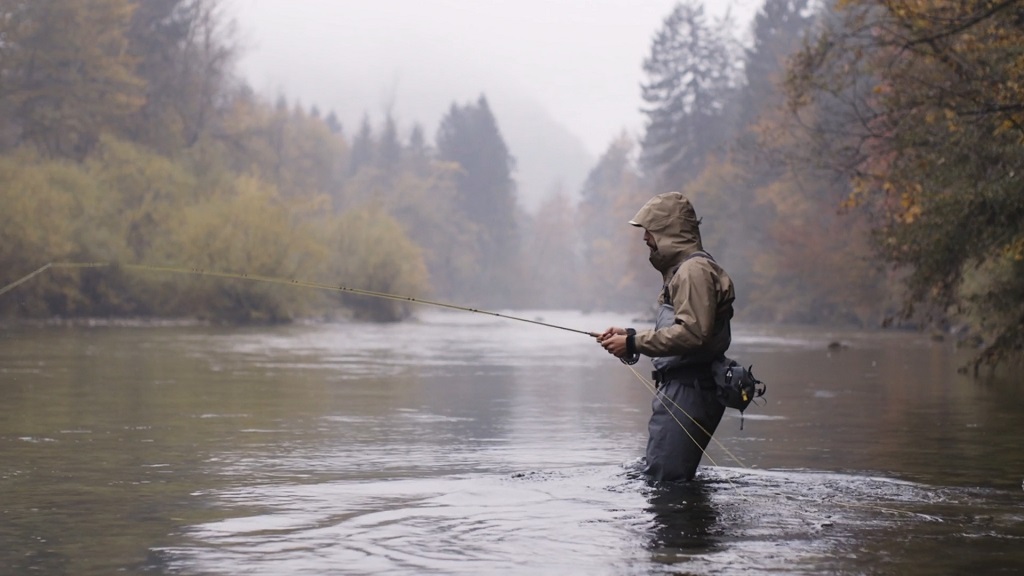
Fishing is one of the most competitive niches on YouTube, so standing out requires more than just uploading good footage; you need to think about how your content is discovered. The first step is using precise, descriptive keywords in your titles.
Instead of something vague like “Fishing Day,” a title such as “Catfish Fishing With Chicken Liver” tells both the algorithm and the audience exactly what to expect.
Adding timestamps to tutorial videos is another simple but effective trick; it helps viewers jump to the parts they care about and improves the chances of YouTube recommending your content.
Your descriptions should also work as a rehub, explaining what’s in the video, including affiliate links to the gear you use, and adding a call-to-action for subscribing. At the same time, don’t overlook how much visuals matter.
A strong thumbnail with a clear image and bold text can dramatically boost your click-through rate, which is one of the most important metrics for growth.
Many creators also choose to use third-party services like JayNike to give their content an initial boost in visibility, especially in the early stages when organic discovery can be slow.
This type of support can help you break through the noise while you continue improving your content and optimizing your channel for long-term success.
Step 6: Build a Community
A fishing channel thrives not just on catches but on connections. The creators who grow the fastest are those who treat their viewers like part of the experience, not just an audience.
Replying to comments regularly shows you value engagement, while asking viewers for tips or their favorite fishing spots makes them feel included.
You can also expand your reach by starting a Facebook group or Discord server where people share their own catches, swap advice, and discuss techniques.
Interactive elements work especially well; running polls about preferred baits, giving shoutouts to subscriber catches, or hosting live Q&A sessions during the off-season can all strengthen loyalty.
This community-building approach turns casual viewers into long-term subscribers and ensures your channel continues to grow steadily over time.
Step 7: Monetize Your Channel
Once you hit 1,000 subscribers and 4,000 watch hours, you can join the YouTube Partner Program. But monetization goes beyond ads:
| Revenue Stream | Description | Example |
| YouTube Ads | Paid per views/clicks | $2–$5 per 1,000 views (varies) |
| Affiliate Links | Gear partnerships | Amazon fishing gear links |
| Sponsorships | Brand deals | Lure or kayak companies |
| Merch | Branded hats/shirts | “Bass Hunter Nation” apparel |
Step 8: Scale and Experiment
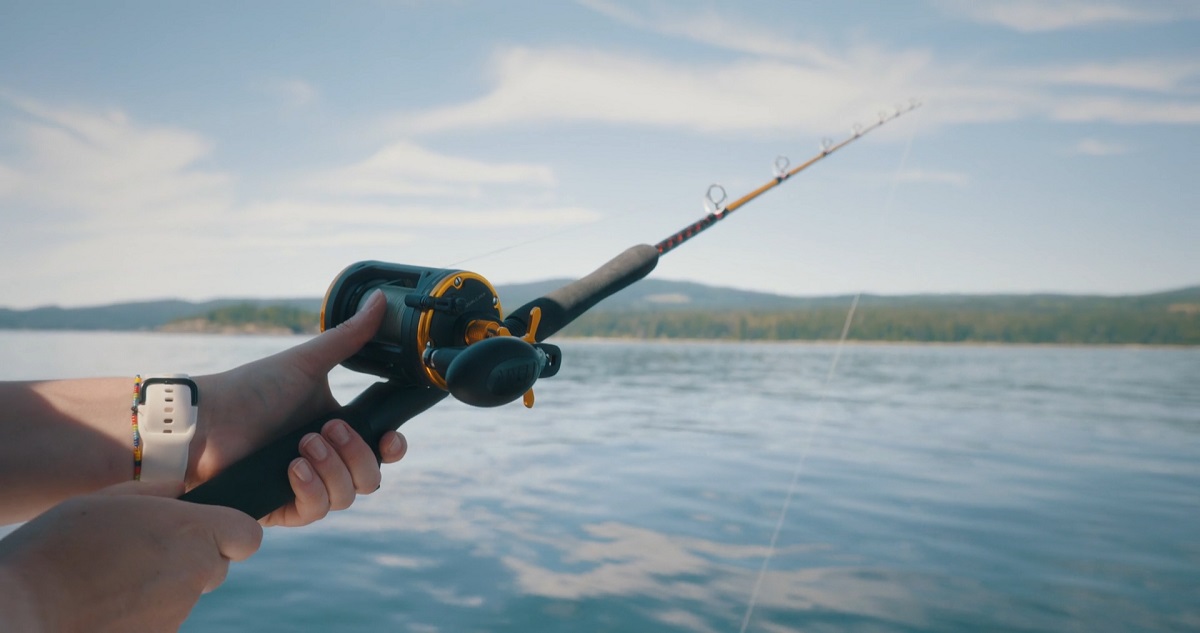
Reaching a steady audience is only the beginning. Once your channel has grown beyond the early stages, it’s time to experiment with new formats that can expand your reach and keep content fresh.
Consider adding fishing challenges, such as attempting to catch a specific species with limited gear or setting a time limit for a fishing trip. These challenge-style videos often perform well because they combine entertainment with suspense.
Travel vlogs are another powerful way to diversify, showcasing fishing spots in different states or countries allows you to introduce new environments, species, and techniques, which naturally broadens your audience.
Collaborations with other fishing YouTubers can also accelerate growth, as you gain exposure to their subscribers while offering your viewers a fresh dynamic. Pay attention to analytics when trying new formats.
Retentionn rates, click-through rates, and engagement will reveal what resonates most.
Scaling is not about producing more of the same; it’s about evolving creatively while maintaining the core identity of your channel.
Final Thoughts
Starting a fishing channel on YouTube goes far beyond recording yourself casting a line. Success comes from treating your channel as a blend of entertainment, education, and community-building.
A clear niche helps you attract the right audience, while decent filming gear ensures your videos are enjoyable to watch. Posting consistently builds trust with viewers, and genuine interaction with your community creates long-term loyalty. As you grow, refining your storytelling, experimenting with new formats, and collaborating with others will set you apart in a crowded niche.
With dedication and creativity, your fishing trips can become more than just personal experiences; they can turn into a channel that inspires, educates, and entertains thousands of people around the world who share your passion for fishing.
